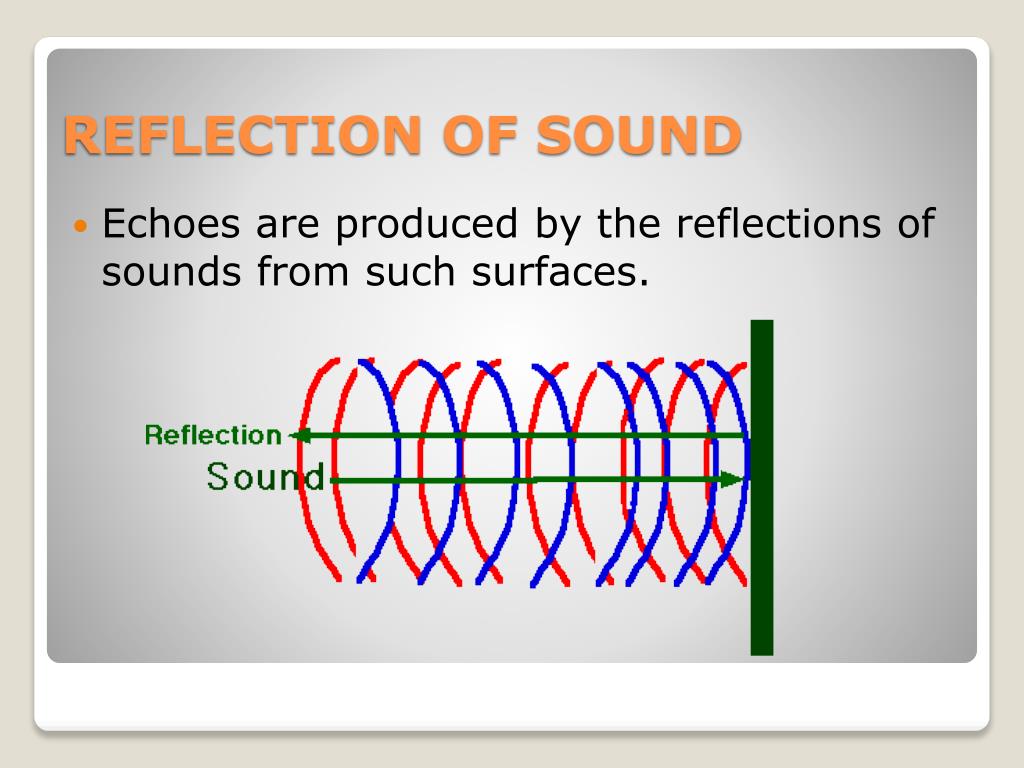Assessing Noise in FactoriesPosted by McCullough Capps on May 13th, 2021 In the United States, workers are protected against the adverse health effects of elevated degree noise exposure through the Occupational Safety and Health Administration (OSHA) noise standards. The standards prohibit workers from being subjected to noise levels exceeding an 8-hour time weighted average, A-weighted sound level of 90 decibels (denoted dBA). Power Pack Enclosures can be subjected to excessive noise levels due to employed close to high sound machines. It's not uncommon for workers in certain factories to function in places where the noise level exceeds 100 dBA. Using individual hearing protection to reach OSHA's noise standards is known as a last resort to be used just after feasible engineering and administrative noise control measures have failed to lessen the noise satisfactorily. Consequently, engineering and administrative controls are of primary importance. Noise control measures for factories need to fulfill the following criteria: They shouldn't block workers or considerably alter the way operators use the machine. Noise barriers and machine enclosures can be an effective way to reduce noise; however their design shouldn't significantly impede workers or reduce productivity. Challenging in factories may be designing effective noise barriers which usually do not block paths or fork lift paths. They should have the ability to withstand working conditions from the mill. Any noise control measures must be made to that environment in that they are placed. The materials from which the sound control is constructed must not be affected by dirt, water or oil if those are prevalent in the mill. The materials must be able to resist impacts if put into regions of high traffic. They have to keep the productivity and dependability of the machine, maybe not cause malfunctions or technology issues. Factory machines must act as designed after any alterations have been made into the machine. The changes shouldn't reduce productivity. Enclosing machines with acoustically rated enclosures can be a very effective system of noise control. But this procedure can restrict airflow into the machine and present over heating issues. Cooling systems might be required, which could themselves need noise control systems.
They need to maintain visibility to factory machines and areas where demanded.
Workers usually have to visually inspect machinery when in surgery. Noise control measures must not prevent visibility to critical places. Managers must have the ability to see in to areas where employees are currently working. Transparent noise control materials should be considered in locations where visibility is demanded.
Noise advisers specialize in assessing sound levels and designing noise management methods. A good noise consultant should be able to design noise control steps while fulfilling the above criteria.
Enclosing machines with acoustically rated enclosures can be a very effective system of noise control. But this procedure can restrict airflow into the machine and present over heating issues. Cooling systems might be required, which could themselves need noise control systems.
They need to maintain visibility to factory machines and areas where demanded.
Workers usually have to visually inspect machinery when in surgery. Noise control measures must not prevent visibility to critical places. Managers must have the ability to see in to areas where employees are currently working. Transparent noise control materials should be considered in locations where visibility is demanded.
Noise advisers specialize in assessing sound levels and designing noise management methods. A good noise consultant should be able to design noise control steps while fulfilling the above criteria.
Like it? Share it!More by this author |


